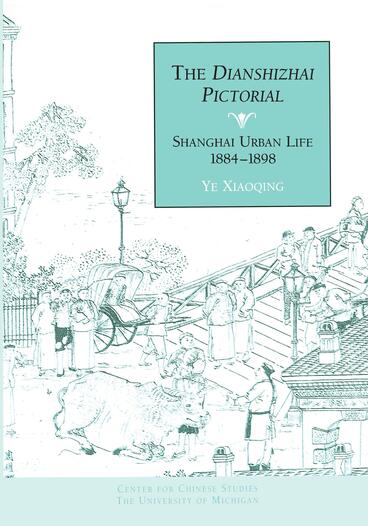The <em>Dianshizhai Pictorial</em>
Shanghai Urban Life, 1884–1898
Brings to life the visual culture of the “nightless city,” late nineteenth-century Shanghai, through analyses of more than one hundred drawn depictions
Description
While twentieth-century Shanghai has received extensive scholarly treatment, the nineteenth century has remained understudied, even though it encompasses the first half-century of Shanghai's growth as a treaty port and the early years of Chinese-foreign contact. Published in the last quarter of the nineteenth century, the Dianshizhai Pictorial provides a record of the new urban popular culture that emerged in Shanghai's foreign settlements during this period. In this study, Ye Xiaoqing provides a comprehensive view into the Dianshizhai's detailed illustrations of everyday life at home, in commercial establishments, and in Shanghai's public areas. Her introduction to more than one hundred drawings points to the social background, lifestyle, and intellectual outlook of the Dianshizhai's literati writers and artists, the weakness of gentry control in the foreign settlements, and the commercialization and “modern” material culture that made Shanghai distinctive. The drawings and commentaries of the Dianshizhai contrast the settlements with “traditional” culture and urban life in the adjacent Chinese city and vividly convey items of interest—from the quotidian to the bizarre—highlighting local fascination with and anxiety at the rapid changes in Shanghai's increasingly cosmopolitan society.
Ye Xiaoqing is Senior Lecturer in Chinese Studies, Macquarie University in Sydney.

